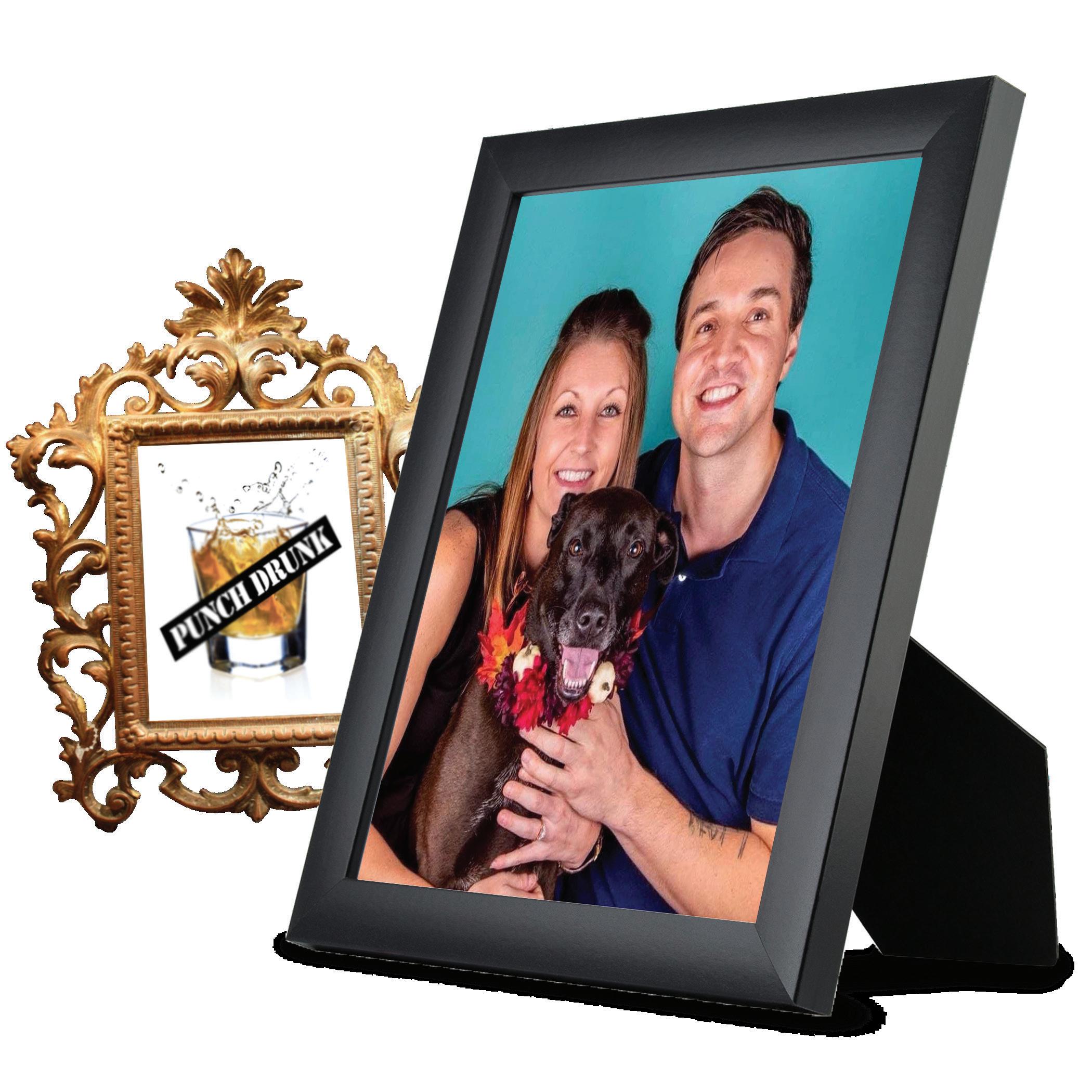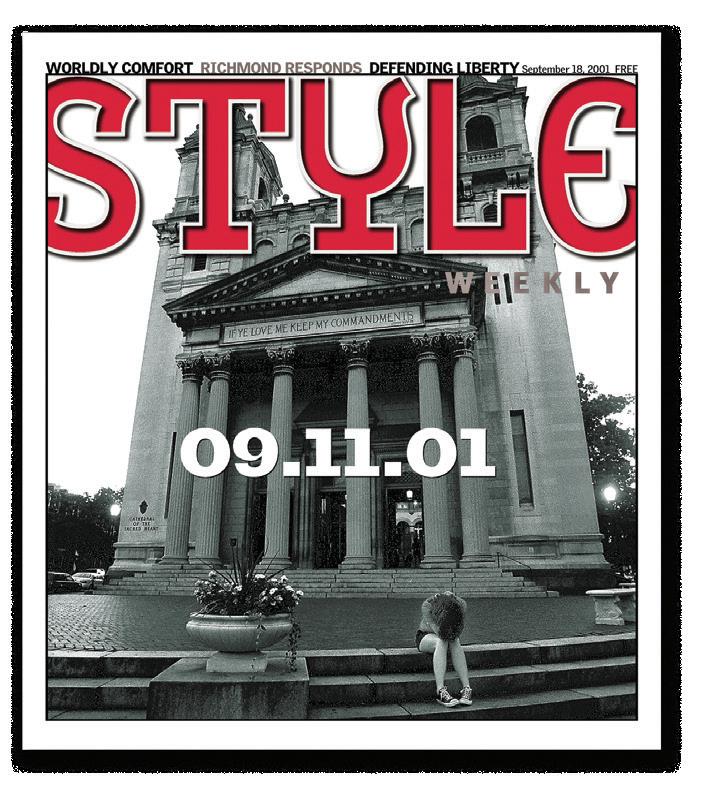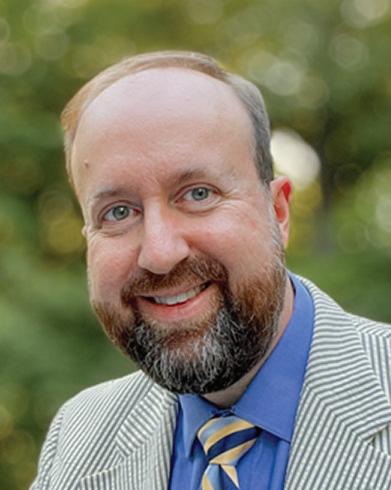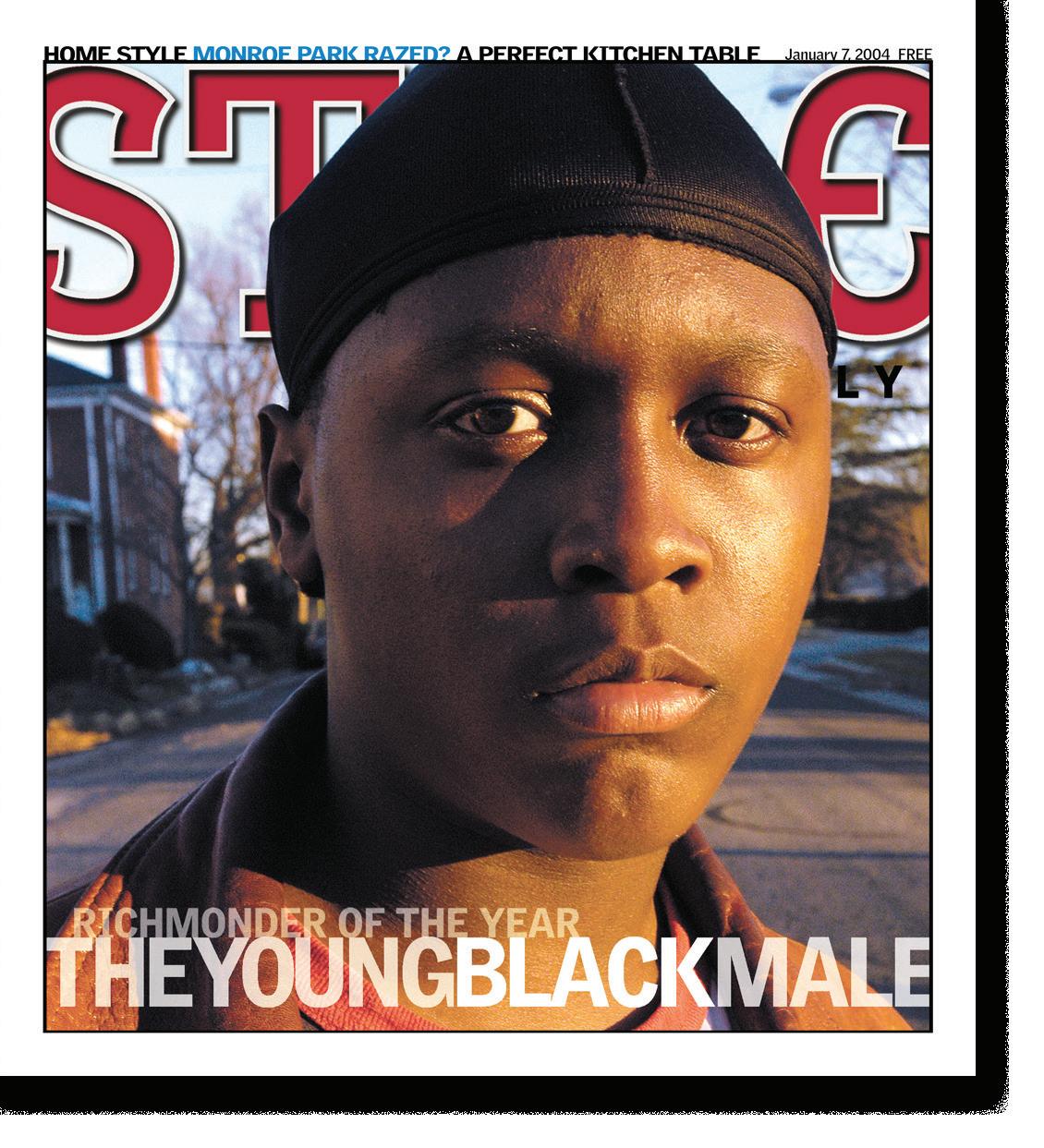
8 minute read
A Pirate Looks at (Almost) 40
Former Punch Drunk columnist looks back on his atrocities.
by Jack Lauterback
Istarted writing a column for Style Weekly in 2009. I was 26 years old. For anyone who cares to remember, I wrote about all the things that a red-blooded, American 26-year-old male was supposed to be into.
Mainly I talked about drinking. A lot. I talked about bars, about cocktails, about being in bars with cocktails. The name of the column was Punch Drunk if that tells you anything. And quite honestly, at the time I didn’t know my ass from my elbows, but I wrote with some sort of style and a sharp sense of humor. At least enough for then Style Weekly Editor Jason Roop to keep me around and writing a column for nine years.
During that time, I branched out and profiled a number of local luminaries for Style. Mayors, city council people, local businessmen, famous drag queens, bar owners, bartenders. So many bartenders. At the time I was a bartender all over the city, so it made sense. I was out most nights doing unspeakable things and committing atrocities that only a late-twentysomething/early-thirtysomething could. I wrote for a bar magazine in Berlin, who were kind enough to fly me out now and then. Even for a self-professed late night king, Berlin was a bit much.
As time wore on, I got a job doing morning radio with Melissa Chase on 103.7. Life got more serious as I kept writing, kept committing atrocities – but the tide was definitely ebbing. The atrocities were more like blunders now.
Eventually I fooled a woman into marrying me. Then we got a dog.
Fast forward to now and I’m almost 40. I work in sales for a major corporation. I have good health insurance and a 401(k). I have to get my thyroid checked regularly because glandular issues run in my family. I get a slight headache after too much red wine. Hair has started growing on my shoulders. I don’t like it. There wasn’t any hair on my shoulders before!
What the hell happened?
I remember – vaguely, in a sort of drunken haze – a few people telling me that I would grow up and grow out of my hellraiser stage and, at the time, that was unthinkable. I’m not becoming some desk jockey who goes to his kid’s soccer games and hangs with the other dad’s in the neighborhood.
I’m a rebel!
And while I’m not a soccer dad, I do have a desk now. Turns out those people were right.
Style Weekly is a great publication that I was fortunate to write for. It’s a real alternative news source in a city that needs it badly at times. It’s always been the little engine that could, standing up to the powerbrokers and bullies and bullshit artists and the people who needed to be stood up to. I miss being a part of that and I miss what Style Weekly stands for.

I will not miss vomiting in Fan alleys and waking up with a six-Advil headache.
Although I do it every now and then for old time’s sake.
quit.” This is the news side, not necessarily the rest of the publication. Call endlessly, don’t take no for an answer, show up on their doorstep, be a shoe leather reporter and do whatever it takes to make sure the story is nailed down. It was a lot of very long hours. On production days, which were Fridays, we’d show up at 9:30-10 a.m. and you wouldn’t leave until 4 in the morning …
The most memorable story would be 9/11 when I was the editor. Sept. 11 happened on a Tuesday, which is the day we came out, and so we had an issue on the stands that nobody cared about immediately, obviously. We had a week to figure out what to do. I was pushed by our publisher who said “you gotta do something.” I remember sitting down with the news staff saying, “we need to do something but we have to do it our way. What do we do best?” And we all agreed that what we did best was portray people through pictures and let them speak.
So we did an entire issue that was just portraying people in pictures and letting them speak. And we did it in about 48 hours. I still have copies of it. It’s probably the most astonishing piece of cultural history journalism I’ve ever seen and certainly ever been a part of. The photos were beautiful, we talked to mothers and veterans and people who drove up to ground zero and tried to help out. It was incredibly moving. It meant a lot to be part of that. And that could literally never happen again. There’s no way that something like that could come together.
Jason Roop
STAFF REPORTER, INSIDE BUSINESS: 1997-2000
STYLE WEEKLY REPORTER: 2000-2001
MANAGING EDITOR: 2001-2005
EDITOR-IN-CHIEF: 2005-2017 spend more time, but it would be through our lens. We had the freedom to ask more questions and follow-ups. To be fair, we didn’t have to be at every city council meeting or School Board meeting. So we had the freedom to spend our resources in different places.
Toni McCracken
To me, the most fun years were from 1992 to the late ‘90s when Jim Wark and John Fleming were there. They were both these super-smart, super-funny, fun-loving guys. That was probably the most fun group: Mary Ellen Garrigue, Betsy Heath, Judy Price, Alicia Odell, Jim and John.
kids. When you weren’t working you wanted to be home.
Jason Roop

With the Richmonder of the Year issue, a lot of people looked at that as an award or an honor to be chosen. The editorial staff looked at it as: What was the most significant turning point for Richmond in the past year’s time? And who flipped the switch during that turning point? To make it more meaningful, we thought about the story of Richmond throughout the entire year.
an opportunity there. Why not? That was a way we could step into the conversation without taking sides. We always wanted to help our readers be able to make better decisions.
Style wasn’t a traditional alt. weekly. I learned about that contrast when I would go to AAN [Association of Alternative Newsmedia] conventions, and you would see more opinionated, more aggressive alt. weeklies, where the editor would be threading an editorial viewpoint throughout the stories. We never took a stance that our editorial team would be writing an opinion piece. We would rather get it from different points of view in the community …
My first cover story was a profile of Frances Wessells, a VCU professor and dance icon who is still living today at 103 years old. She was a dance critic for the Times-Dispatch, too. The thing that is such a contrast to me, when I look at reporting in general now, is the luxury we had at Style to spend time with the subject. I attended one of her dance classes at VCU, visited her at her home, conducted multiple sit-down interviews, saw performances, etc. The RTD would never have a story that long.
Of course, we had to churn out weekly stories, but we would always have bigger projects in the background going on. As a reporter, my story would be read and edited by a good three or four people back then, then the editor. [Today] nobody has a large staff anymore. Our stories back then, when they got into print, would be really thought through and examined – which led to more powerful stories. I think our team did a good job of finding new ways to look at stuff that was right under your nose.
I think what Style brought to the table, in terms of a competitive advantage compared to TV news or the RTD, is not only that we could
We were all very, very close and there was always some prank being played on someone. Landmark would come up with these wonderful ideas of how to increase production of the sales team. So they’d give us these beepers. So you would have to write down what you were doing when the beeper went off. Why anyone thought you’d report it if you weren’t doing what you were supposed to be doing is pretty crazy. But Mary Ellen Garreague is a real rule follower. So John and Jim get ahold of her pager and set it so it goes off every five minutes. Mary Ellen is over at her desk, going “this is insane!”
In 1998, our offices were on Main Street, near VCU, and there was a hailstorm on a Sunday, like in July I think. And the roof caved in. So they had to move us. We were working out of three different buildings for a while. Production and editorial and sales were all in separate locations. Not long after that, we moved to Summit Ave [Scott’s Addition] and we were there for like seven years. We move over to Summit Avenue and Paper Moon opens right next to us … Then they boot us out of Summit because they’re building condos. That’s when we moved down to the Exchange Building [in Shockoe Bottom]. I got married during that time, and a lot of people had their kids during that time. It’s funny, you go through different groups of people. Honestly, there wasn’t quite as much camaraderie during that time but I think it’s because everyone was getting older. Everyone was having
For example, in January 2004 – we ran the “Young Black Male” as Richmonder of the Year for the previous year of 2003. I remember when this issue came out, I had to lay a lot of groundwork with other media, because we wanted to make sure it came across as it was intended. We had chosen young Black males

There were so many people running, including former Gov. Wilder, which was the headline grabber. We set up three debates, three forums --- we had sponsors. We reached out to every other news outlet in town. We opened it up as a collaboration; we had a table set up for bloggers, it was recorded and broadcast live, etc. I feel like Style had an impact there in a wider way with this sweeping project. We made it happen.
People wanted to have more of a say in who is leading the city and they wanted stronger leadership, but that led us to this setup where we have three groups: school board, city council and mayor’s office with different interests. They’re supposed to work together. So it was big turning point for city politics and government.
Greg Weatherford
because of the challenges they faced: There was the homicide rate, we had already begun publishing the names and ages of those who died and could see that so many were Black males younger than 30. There were the public school problems. I remember the important thing for us was hearing the voices of young Black men, and hearing from them, not just us talking about the issues.
One of the biggest changes was when Richmond decided to move to an elected mayor form of government. At the time it was such a huge deal, that we’d have mayors we could elect. And there was no system set up to host the debates and so we saw
There is one thing I deeply regret about my time there. The culture of the place, and I bought into it entirely, was way too gullible and way too accepting of the police narrative of anything. We thought of ourselves as skeptics, we thought of ourselves as doubters. But for some reason, we never applied that same level of skepticism when the police said this happened, or that person is definitely guilty of this thing. Sure, we asked them questions and we pushed them about certain things but we just assumed they were right. I think we really missed some opportunities to do some good things. I was proud of things then that I’m not proud of now. Now I see, oh, that’s the story they wanted us to tell.
Counting the years I freelanced, I worked for Style, maybe 10 years. It formed me as a journalist, not always in good ways, but it certainly formed me. It was the most rewarding and difficult and infuriating experience. You can’t ask for a better job than to work with a small team of really smart, opinionated, talented people who have a common goal. You really can’t, and that’s what we had.










